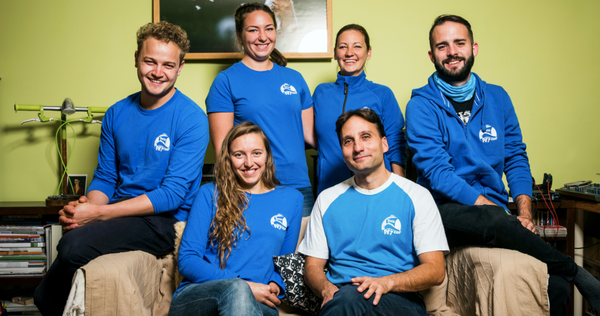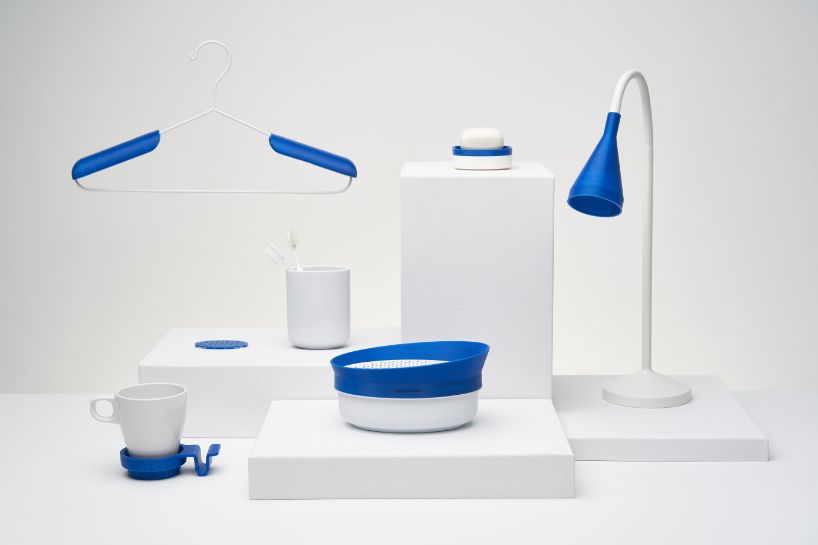IKEA’s homeware products are used by many all over the world, and often we don’t even realize their small defects – yet we shouldn’t simply accept that our glass keeps sliding on the tray or that the kitchen counter is covered in cheese every time we grate cheese. Dubbed Uppgradera, Ádám Miklósi’s latest project cures the annoying defects of the well-known and beloved objects, putting 3D printable accessories to use in order to enhance user experience.
We tend to accept the objects used in our daily life as they are, and many times we don’t even realize in our daily routine that they generate extra work processes due to a defective or less functional detail. Red Dot award-winning designer Ádám Miklósi noticed in his own home approximately two years ago that in the ENUDDEN soap dish, the soap comes apart when soaking in the water accumulating underneath it, thus he designed a 3D printed grid for the dish. The first IKEA hack was followed by almost a year-long research and design phase: he examined his home thoroughly and found several other IKEA products that he could made more functional with some slight changes. In addition to the soap dish, the Uppgradera collection also features a grid designed for the EKOLN toothbrush holder and a ring applicable to the CHOSIGT cheese grater, preventing the grated cheese from falling down. With the help of the cup holder designed for the KLIPSK breakfast tray, your glass will never slide on the tray again, the shoulder pads attachable to STAJLIG hangers will prevent the clothes from creasing, while the clip-on lamp shade for NÄVLINGE lamps will keep the strong light from shining into your eyes.
We’ll also get to try these accessory elements in the near future, as the manufacturing files will soon be available on the project’s site for a symbolic amount. The files will come with a manual containing tips for choosing the right type of filament and for the maintenance of the printed products.

I started thinking whether IKEA left out these elements from the products on purpose, but Ádám Miklósi calls my attention to the fact that there is a more complex answer to this question: product development depends on a lot of factors, many times it’s determined how many parts a given object can consist of, or there is a fix budget for its production. In some cases, perhaps the designer didn’t asses the needs correctly, or the problems didn’t occur during testing. According to the Ádám, companies are getting more open to involve users and open-design projects. He brings up Miele’s free 3D printable special vacuum cleaner extension and the ThisAbles project of IKEA Israel. The latter facilitates the usage of IKEA furniture for the disabled, with the help of 3D-printed accessories.
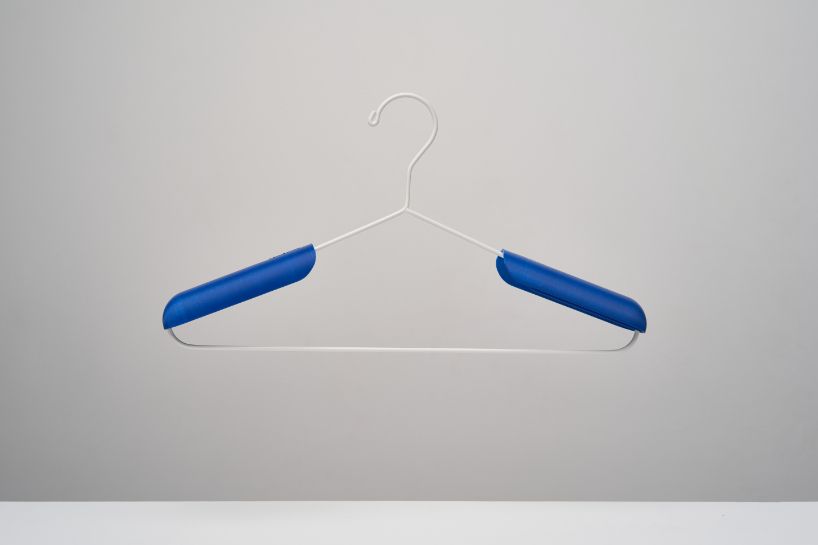
“3D printing is becoming cheaper and more available. Soon printers will be so cheap that they will become consumer products. It’s also important to see that 3D printed objects will not be the solution for every problem, but there are some cases when purchasing a digital file and printing the item yourself could work really well” – the designer says.
The climate crisis keeps pointing to the problems of global production, and digital production methods and the principles of distributed design could offer a way out of it.
“Design is highly centralized today, which means that if a product is designed somewhere, let’s say in Sweden, then it will be sent for production to China, and then the consumer goods will enter distribution networks from there, thus the product takes a long journey. Distributed design on the other hand is based on manufacturing everything at the closest possible place to the end-use location.
The widespread introduction of digital manufacturing envisions a world where everyone could produce as many products for themselves as they need, thus saving the financial and energy costs of manufacturing and transportation. This would bring a fundamental change in the current operation of consumer culture and in the future of many industries, while the reduced need for factories and warehouses could even change the structure of cities. Uppgradera is a tiny step towards this world that could help us make our everydays more comfortable. Instead of throwing away the malfunctioning objects and buying new ones, by hacking them we can opt for a more sustainable path.
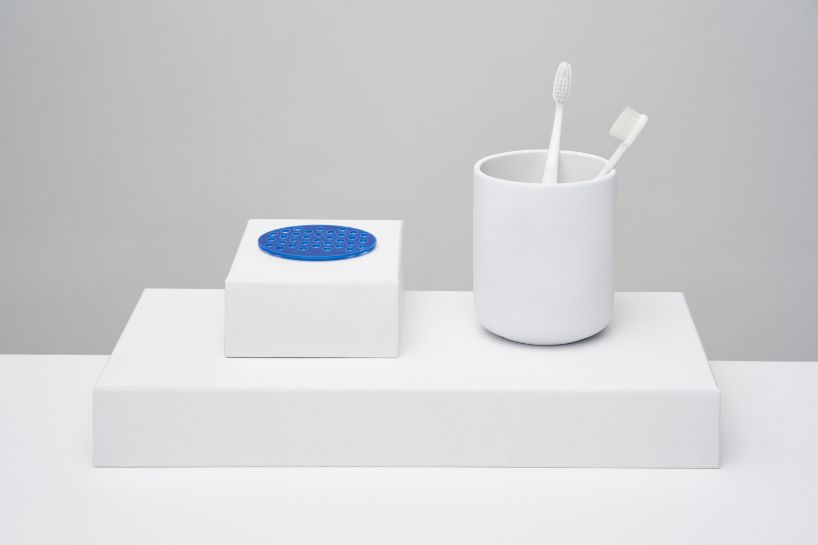

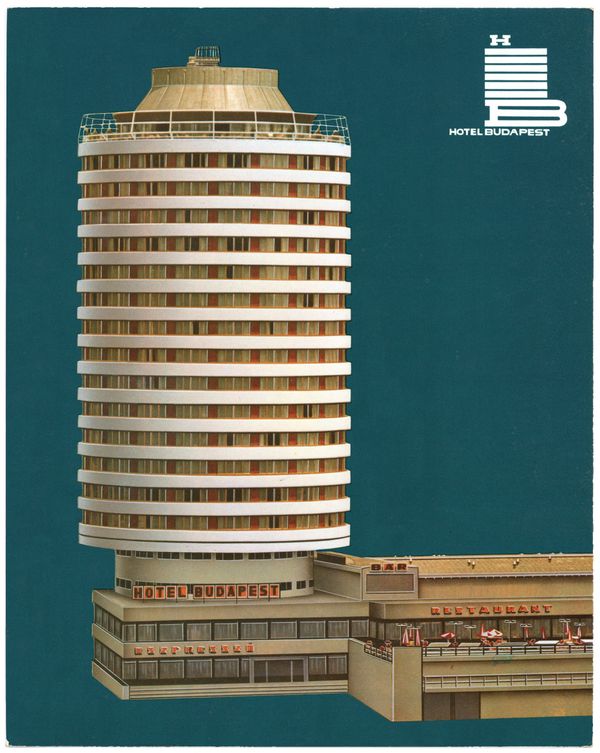
Round trip from Hotel Sahara in Las Vegas to ”Körszálló” Budapest

The final days of Adjarian nomads
